In the second half of the 17th century, a new artistic direction called classicism arose in France and spread throughout Europe during the 18th century. Classicism was inspired by ancient patterns and emphasized moderation and clear order. The entire artistic style represented a reaction to the emotionally tinged Baroque and playful Rococo - it emphasized comprehensible order and sober reason against them. Interesting facts from history and examples of brocades, which can be dated to the classical period, can be found in the article.
Looking back at history
The first phase of classicism is also called baroque classicism - elements of baroque and classicism were mixed here. Over time, the artistic style became the style of the Enlightenment royal courts, and thanks to the Great French Revolution, it entered the subconscious of the rich townspeople. In the second half of the 19th century, classicist architecture became the style of common bourgeois exhibitions. It returned several times in the 20th century, as a style of totalitarian regimes.
Classicism, like the Renaissance, looked for inspiration in Roman antiquity, but in contrast to the emotionally affecting Baroque and playful Rococo, it was austere, strict, with a clear and firm order. A big difference, compared to the Renaissance, is the emphasis on the order of society, rather than on the desires and hopes of the individual. Classicism is intertwined with strict rules, especially in artistic creation.
Classicism was manifested in literature, painting, sculpture, music, architecture and also fashion. Immanuel Kant is considered the greatest thinker of this time.
Classicist signs
- comprehensive, unified principles
- fixed order
- firmness and reason take precedence over feeling
Fashion in classicism
Unlike the cumbersome baroque, classicism returns with the simplicity and lightness of antiquity. The dress has simple features - clean lines, a bodice with a neckline, which is decorated with a stand-up collar, and under the breasts there is a light, flowing fabric that reaches to the floor.
For men, the antique influences are not so much evident, they try more for a revolutionary protest - lengthening the legs of the trousers, a two-cornered hat and a slight unkemptness. Gradually, elements of the so-called dandy entered men's fashion - an often too self-absorbed man who takes care of his appearance.
The empire is a kind of compromise and sobering up - the main thing was a good cut, trousers were tucked into the crotch, tailcoats were darker and waistcoats remained popular. The shirts always had a high collar and a tie. A top hat was typical for daily wear, a three-cornered hat for more festive occasions.
A sample of brocades
We can classify these brocades in the classical period:
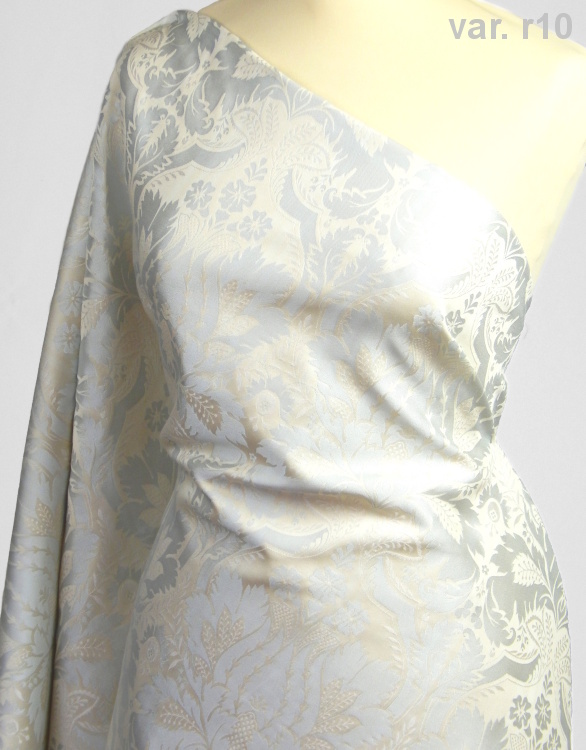 |
SIMPLE |
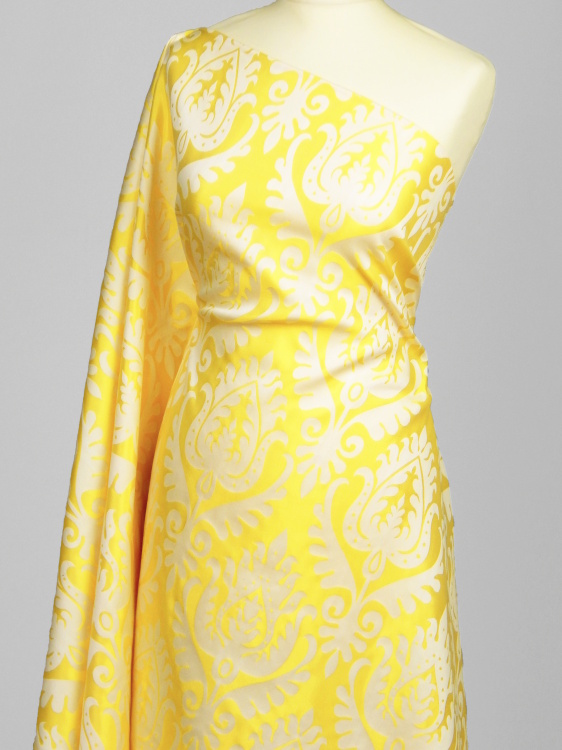 |
ELEGANT |
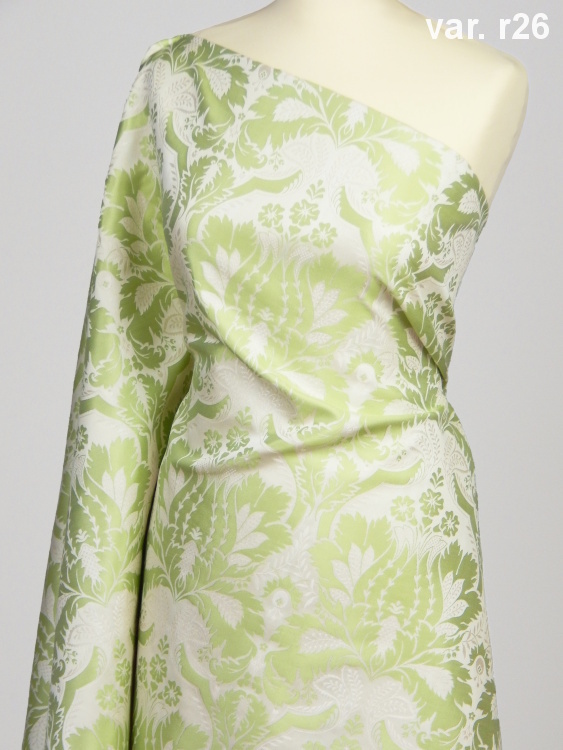 |
DECENT |
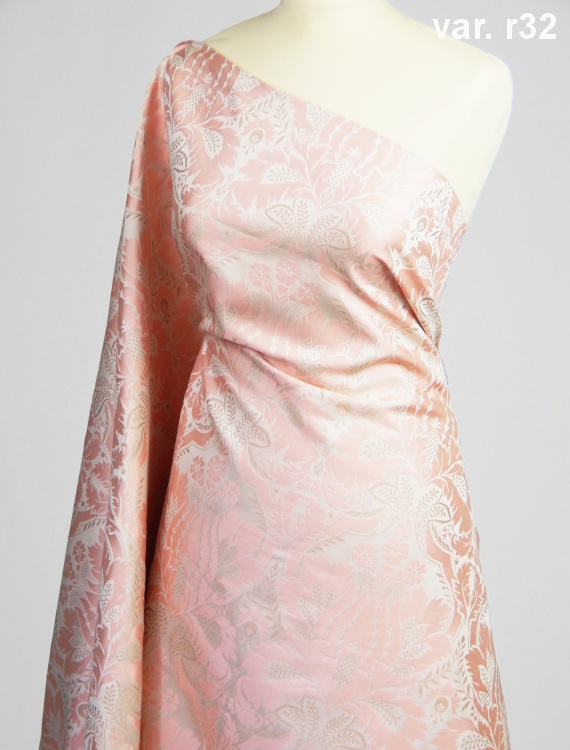 |
FASHIONABLE |
 |
 |
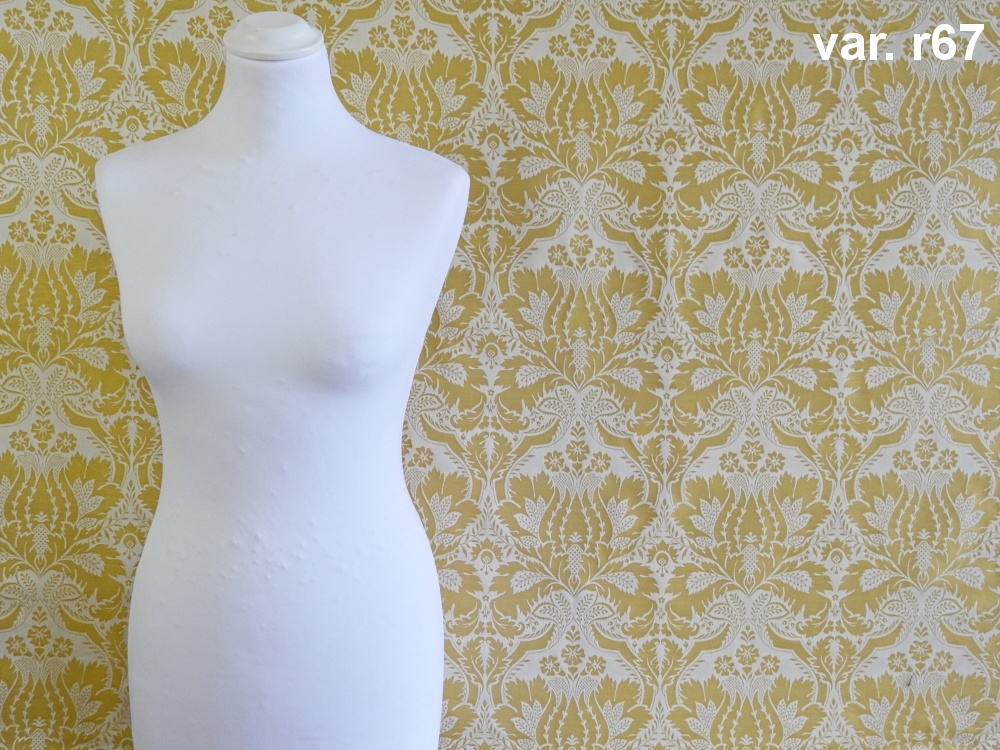 |
|
 |
|









